Hands On With the Samsung Galaxy Note 5 and Samsung Galaxy S6 edge+
by Joshua Ho on August 13, 2015 11:00 AM EST- Posted in
- Smartphones
- Samsung
- Galaxy
- Mobile
- Galaxy Note 5
Software
Continuing along the software train of thought, TouchWiz on the edge variant sees new edge features, namely the ability to adjust the position of the edge drawer swipe, the ability to use the edge drawer in applications, and the addition of an app drawer to the edge drawer. I’m not really sure if these features are enough to move the edge display from a mostly cosmetic change to a functional one, but the edge app drawer presents at least the possibility of additional functionality.
On both devices, I also noticed that the iconography has changed from the Galaxy S6. The change isn’t really radical here, but it is enough to be noticeable in comparison to previous iterations. The software remains relatively similar to the Galaxy S6 in UI performance, which probably isn’t a surprise given the shared SoC, display resolution, and UI/frameworks.
SideSync has also been updated significantly for the Note 5 and the edge variant, with the ability to automatically reconnect on a shared network instead of manually connecting to the phone with the SideSync client after every disconnect, drag and drop wireless file transfer, and phone call/text messaging over the SideSync client. As far as I can tell, these could be worthwhile features but without testing it’s hard to say if it will make a big difference in user experience.
Another interesting software feature that Samsung demonstrated for audio was UHQA, or Ultra High Quality Audio. I normally don't bother to talk about these features because it's pretty easy for them to end up as gimmicks, but this feature is effectively designed to try and reduce the effects of lossy compression when high frequencies have been cut off. As seen in the photo above, when UHQA was off the sample music topped out at around 8-10 KHz, while with UHQA on we see harmonics extending up to 20 KHz. Subjectively, it did seem that this interpolated version was much closer to a lossless music file, but my ears aren't particularly astute in that regard.
Both devices will also support live YouTube broadcasting as a camera mode, which seems potentially useful, especially with 1080p60 broadcasting quality but for some reason the units that I saw were limited to 240p, which may be due to the nonfinal state of the software.
Samsung Pay
With the Galaxy S6, I mentioned that there were magnetic secure transmission (MST) capabilities which would allow for the phone to allow for contactless payment even on legacy payment terminals that only allow magstripe cards, but I didn’t feel that it was worth mentioning as a real reason to get the phone as Samsung Pay was announced with the Galaxy S6 but without any demonstration or support soon after launch. With the Galaxy Note 5 and the edge variant, this changes. Samsung is hoping to begin user trials of Samsung Pay with NFC and MST contactless payment in the US this month, with a US launch in September. According to Samsung, feedback from user trials in South Korea was overwhelmingly positive, with only a small number of legacy terminals that needed software updates to support MST transactions.
From the demo that I saw, Samsung Pay is actually quite promising as it didn’t seem particularly sensitive to orientation as long as the back of the phone was reasonably close to the magstripe reader on the terminal. Activation is relatively simple, and is accomplished by simply swiping on the display when the screen is off and tapping the card you want to use, then authenticating with Pin or fingerprint. This isn’t as fast or simple as some competing solutions, but given the constraints of MST it makes sense. It’s worth noting though that in October magstripe cards will see a liability shift that is likely to drive NFC/EMV adoption much more strongly in the US, although Samsung predicts that the shift will still take a year or two in which MST will still have significant utility. It’s also worth noting that any device with a tripped Knox flag will be unable to use Samsung Pay.
Accessories
A number of accessories were also on display which were at least somewhat interesting. In addition to fast wired charging, Samsung seems to have developed a fast wireless charger, although it isn’t clear what the power output is compared to the previous standard wireless charger.
There were also external batteries with fast charging at what appears to be 9V and 1.67A, so this is probably supports QC 2.0.
There were various cases on display, but the only one worth really focusing on as far as I can tell is the keyboard case for the edge variant, which effectively makes it possible to turn the phone into a sort of throwback to Palm Treos, as the color and general design of the case really does give it a retro feel. Outside of design, typing with it was a fun experience but I didn’t really feel any faster than I did with an on-screen keyboard. I suspect that this will have a significant niche audience for those that are still clinging to phones like the Droid 4, but mainstream appeal would be relatively limited for this kind of accessory.
Wrapping things up, the Galaxy Note 5 and Galaxy S6 edge+ will be available in the US on AT&T, Verizon, Sprint, T-Mobile, and US Cellular. The Note 5 will be available in Black Sapphire and White Pearl, and the Galaxy S6 edge+ will be available in Black Sapphire and Gold Platinum.
Consumers will also be able to start trying out the Galaxy Note 5 and S6 edge+ on August 14th in various carrier outlets and electronics retailers, with preorders starting today at 3PM EST, with availability starting on August 21st. On Sprint, the Galaxy Note 5 will start at 249.99 USD on contract, and the Galaxy S6 edge+ will start at 349.99 USD on contract. On T-Mobile, the Note 5 will start at 25 USD/month through September 30, and the Galaxy S6 edge+ will start at 28.5 USD/month.


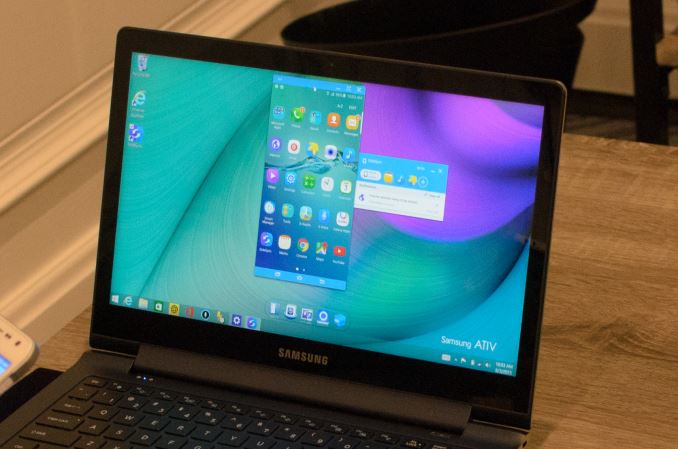
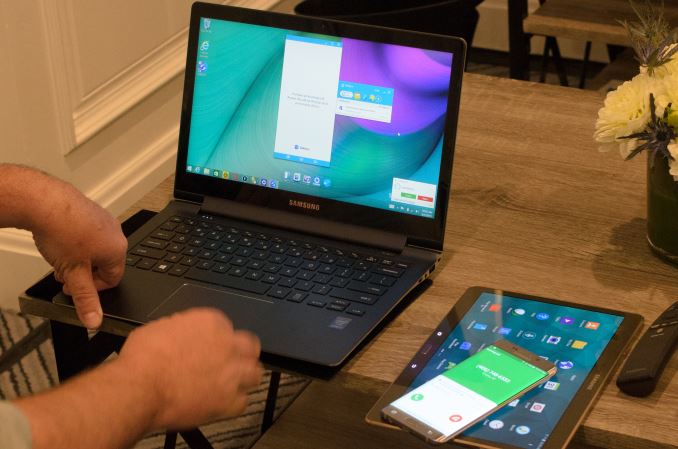
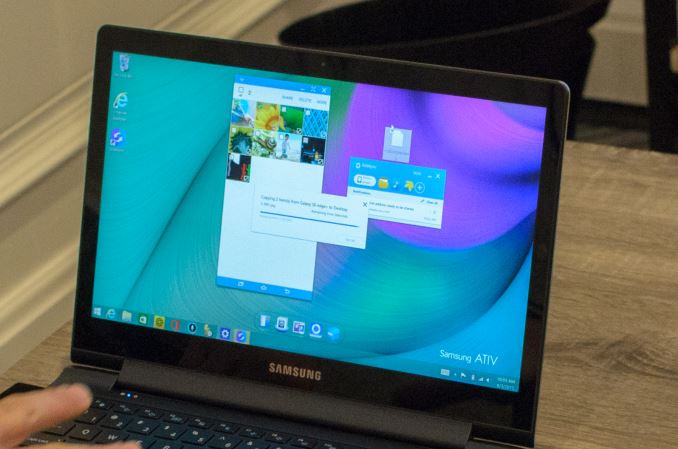
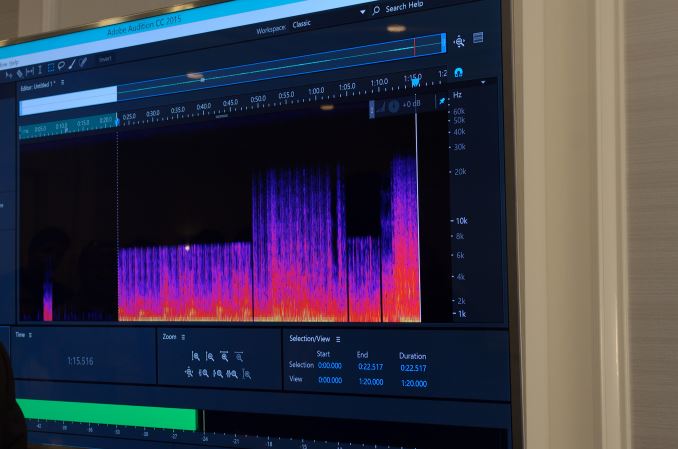



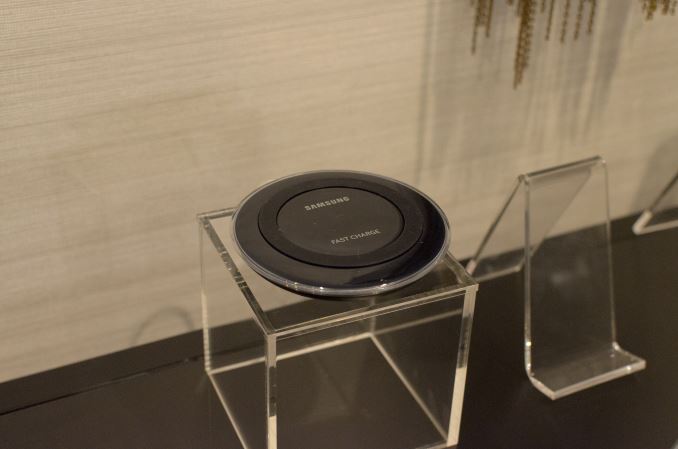
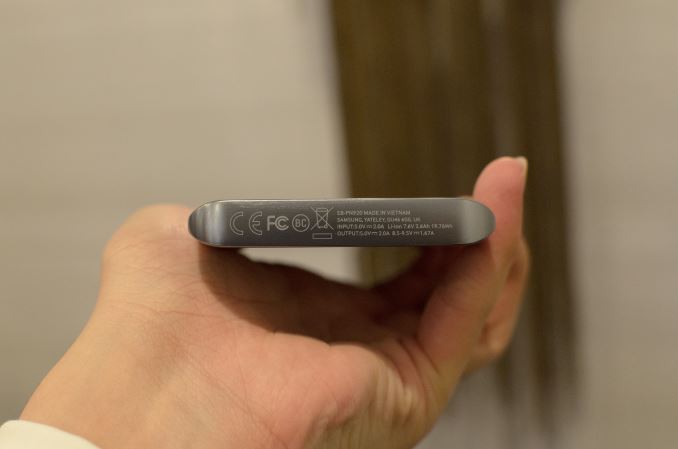
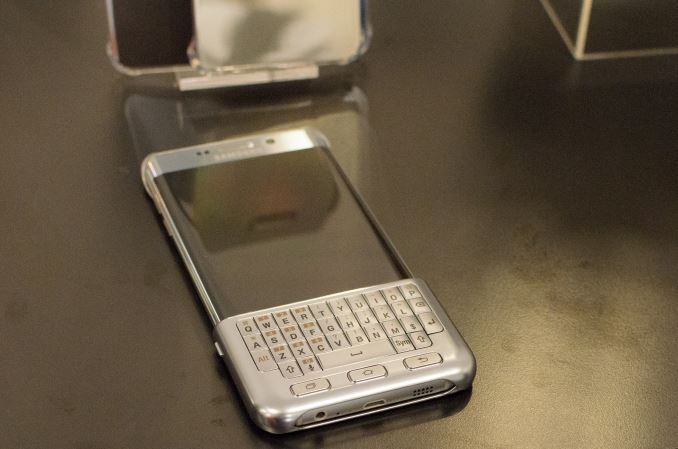









218 Comments
View All Comments
beehofer - Thursday, August 13, 2015 - link
No Mini!!??No micro SD!!??
No Samsung!!
No Thank you!!
WAR1944 - Thursday, August 13, 2015 - link
PerfectSpeedfriend - Thursday, August 13, 2015 - link
I find it incredible that Samsung could actually be this bad in understanding what their users want. They seem to think that they are Apple who can enforce features that its customers don't want.This is another nail in Samsung mobile coffin.
cwolf78 - Thursday, August 13, 2015 - link
Let's face it, MicroSD is a niche unless Google by some miracle opens it wide up. I've been on the MicroSD bandwagon myself since Android devices very first came out. But honestly, the feature is so crippled at this point that it's just not worth it. I have 32 GB of onboard storage + 64 GB MicroSD. My internal storage is mostly full and my MicroSD card is mostly empty, even after moving everything I could over to it. I agree that OEM's like to overcharge for incremental storage upgrades, but it's sure as hell way more functional and convenient given Android's currently extremely limited MicroSD support. Now if Android took an approach similar to Windows' Storage Spaces feature (where your MicroSD would simply add to your overall storage capacity) then I'd be all over it. But as it stands now, my next phone is going to have an abundance of internal storage. If it has a MicroSD slot, fine. If it doesn't, fine.StrangerGuy - Thursday, August 13, 2015 - link
Let's face it, MicroSD is not a niche just because you don't use it and aren't forced to use it doesn't mean its useless for others. Now, before some snobbish prick comes along and scream how "slow" MicroSD is, any half-decent card will work flawlessly for 1080p video playback let alone music which are the primary uses for such storage.tenoutoften - Thursday, August 13, 2015 - link
Be honest with yourself, how much time do you actually spend watching TV or video on a 5.7" screen? I watch movies in the cinema or on a large screen TV at home from the comfort of my sofa, which I can imagine is probably what most the population of the planet do unless you're hobbit and live in a cave with no electricity.I watch the odd thing on the phone for pure convenience, maybe a video or 2 if I don't have my laptop with me or want to show a friend something funny on youtube, but I certainly don't have dozens of movies on there because, well, whats the point. And as for music, no-one has their entire library on loop so they don’t need it with them at all times and if you say you do, you’re lying because even if you did have it on rotate, you’d be skipping tracks constantly.
No one since time began likes every track in their music library so why keep it with you, particularly when space is restricted.
I'd really love to meet these people who need 64GB of music and another 64GB of films on their phones and check their hidden device logs to see exactly what the access times are for that data and how frequently they use it. I'm pretty sure the results would be conclusive, about 5 or 10% of it gets used, the rest just sits there doing f all other than eating up space.
I travel a lot, I have an iPad, a laptop and a Galaxy note 3, I use the iPad on the train and if I'm away from home, I use the laptop. I can honestly say in the years of travelling, I've never spent hours watching movies on my phone, why give myself a headache, run down the battery (which incidentally I want for the MAIN purpose of my phone - calling and texting) when I have other, better, more suitable devices with me.
I work in IT and see this shit every day, people who have huge hard drives with stacks of stuff on their and the dates of last access are literally years old, I always just ask why they don’t have them in the cloud or on a NAS rather than their laptops or desktops. Everybody always wants more and more space, but in the real world, most ordinary people use sod all of it - thats why cloud based storage took off so strong, its there on the of chance you need it, but it’s not hogging expensive local storage. I’m yet to encounter a situation with any device over 15 years in IT where there isn’t data on it that couldn’t be moved to free up space.
People paint these imaginary pictures of why they need a boat load of storage, but in 90% of cases, they’re just bollocks problems created by themselves just to make a point - when you look at the actual reasons, they’re so weak and lacking in any real world point that they’re laughable.
If you really have 128 odd GB of video and music on your phone, you need a lesson in learning to tidy shit up, not a bigger memory card.
CrazyElf - Thursday, August 13, 2015 - link
I keep a large FLAC collection. Last time of access? Today?lilmoe - Thursday, August 13, 2015 - link
2 mins ago...Zanna-K - Thursday, August 13, 2015 - link
First of all, it's presumptuous to imply that your 15 potentially irrelevant years in IT gives you an especially deep insight into how power users should use their devices. "IT" in the first place is a nebulous term and how some office lady uses her Hewlett-Packard in 2001 is nothing like how an android power user might use their Note in 2015For one thing, the entire reason why many power users choose android is precisely because they don't want someone (Apple) dictating their experience - something which you are doing right now.
Secondly, your entire argument is nonsensical at its very core. If space does not matter, why do manufacturers even bother creating smaller and bigger capacity models? For that matter, why are we increasing capacity at all? Everyone should just be at 16GB since the OS only requires 4-5GB and mostly everything should be loaded onto the cloud, right?
The only sensible argument that I'm willing to accept for the lack of expandable storage is UFS 2.0 and how it's difficult to integrate slower flash storage memory because I can understand that there would be form factor and power efficiency concerns with building in a separate controller for that sort of thing. Even then I don't accept this as some insurmountable problem.
Lastly, sometimes people would just rather not be entirely dependent on the cloud. As a 15 year IT veteran you should know that redundancy is damned nice to have. My sister's Galaxy S2 broke down? Well, I can just swap the microSD into a new Xperia and she can keep all of her media with her.
I'm with my significant other and the topic goes towards places traveled? I can whip out my phone and open up the appropriate travel photos folder to share stories I've experienced and places I've been to while we're snuggled up in a tent without having to be concerned about LTE coverage and my data caps.
I'm on a road trip and the mood strikes me for the twang of some country music? I can start up the appropriate playlist - again, without having to be concerned about not having data access or with running up GB's worth of data usage streaming from the cloud during the trip.
tenoutoften - Thursday, August 13, 2015 - link
Owning a few devices and reading some forums doesn’t make you an expert either. Trying to patronise me just makes you sound like a dick, and I fail to see how working every day with hundreds of different devices is irrelevant experience, but anyway, these petty things aside, on to your points.I never said size wasn't relevant at any point, you're twisting my words, I was talking about managing your available space, it’s something ALL businesses do with data and normal end users do too, it’s just being organised and recognising that because your available space is finite, filling it with unnecessary crap is dumb.
I'm not trying to dictate what people should do, I'm merely saying from real world experience (as opposed to your personal device experiences and forums), devices are full of things people don't need, which is not just some deluded opinion I’ve plucked out of my ass, it’s fact and if you administered mobile and static user devices daily for a job, it would become abundantly apparent to you too. Because we have the technology to hold large amounts of data doesn’t mean we need to fill it.
When I go on holiday, I could pack my entire wardrobe, but I don't because I understand I wouldn't wear most of it and recognise that It’s retarded to fill all my valuable space with things I don't need. By your logic, you think that because you have a big case, you have to use it all, it's a moronic mentality because it makes your device slower and you end up storing a load of pointless stuff for no good reason other than ”on the off chance" you need it.
I'm not suggesting either that you are reliant on the cloud, just saying that it's a useful storage method for things you are unlikely to need. It's not rocket science, its just about using your space intelligently. And I understand redundancy funnily enough, it’s a technology servers were using long before smart phones or SD cards ever existed, I back my phone up to my laptop and use the cloud for redundancy.
Your sisters phone breaking incident is interesting - I’m curious as to what scenario your sister was in that she was that desperate to access her SD card contents that couldn’t wait for her to get home, thats a really bizarre set of circumstances that I can’t imagine most people ever recreating!
Re your playlists comment, I also use them strangely enough, I just know I don’t need every album I own every day of my life. If I think I want to mix things up outside of my already unnecessary 30 albums saved on my phone, when I get home from work, I change my music, it takes around a minute, I can’t imagine that your time is any more important than any other human being on the planet so I’m sure you could find a minute to spare as well and in turn save yourself a load of wasted expensive flash storage.
Ultimately, what you choose to put on your devices is your choice, if you want to spend a shit aload of money on loads of flash storage and put heaps of stuff on there you don't need, then great for you, I'm not dictating what anyone can and can't do, just suggesting that it can be viewed from another perspective and that maybe, just maybe, there is a perfectly reasonable and simple remedy for your perceived space problems.
Personally, I’ll keep on buying devices because they hold useful value and I enjoy using them - if I ever hit a point where I realise I’ve made a horrible mistake and my life would have been much more enhanced if my phone only had Metallica, Beethoven and the Proclaimers in my playlist alongside our Prague holiday snaps from 1992, I’ll be the first to admit I was wrong, but you may be waiting a while.